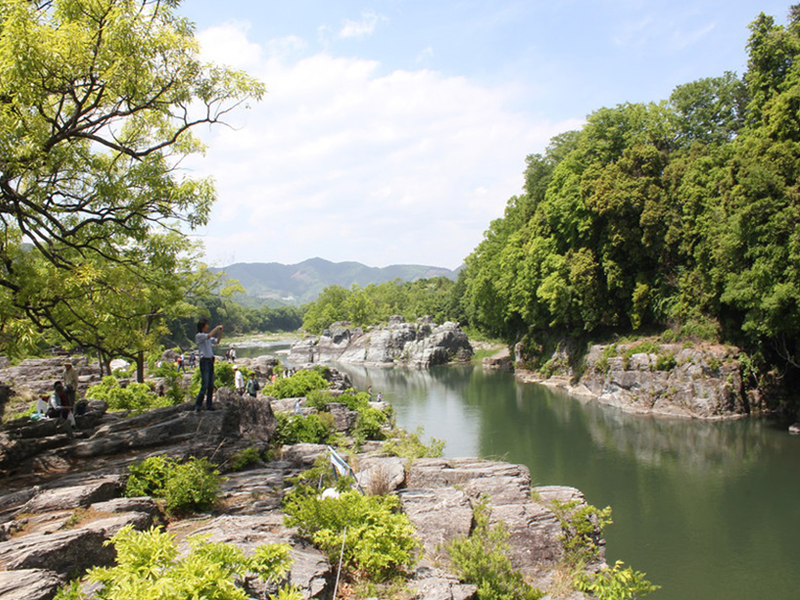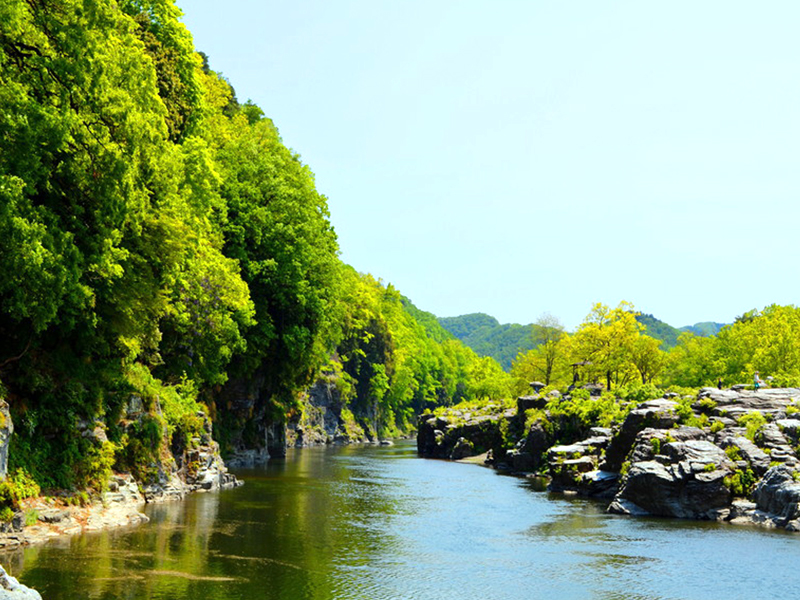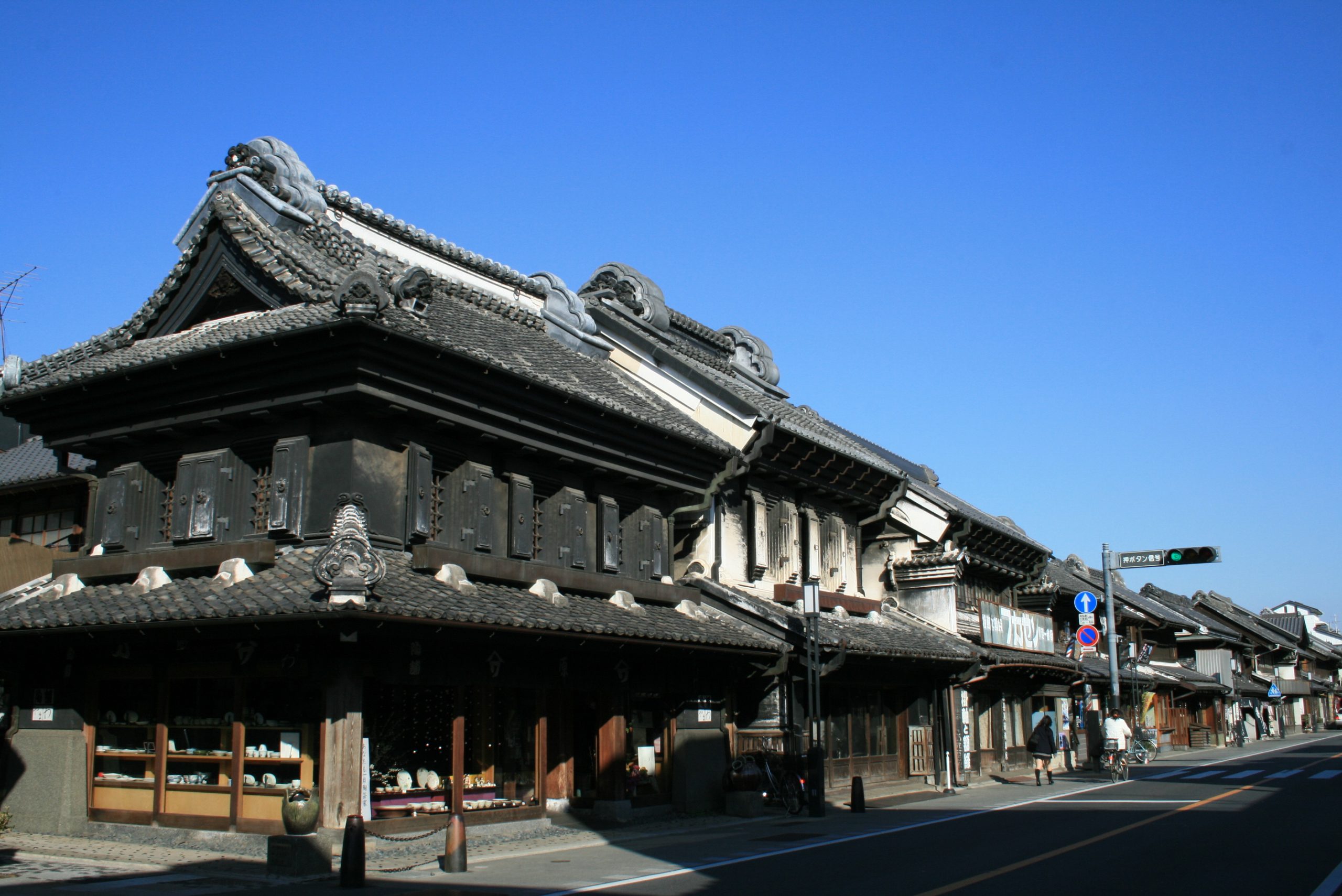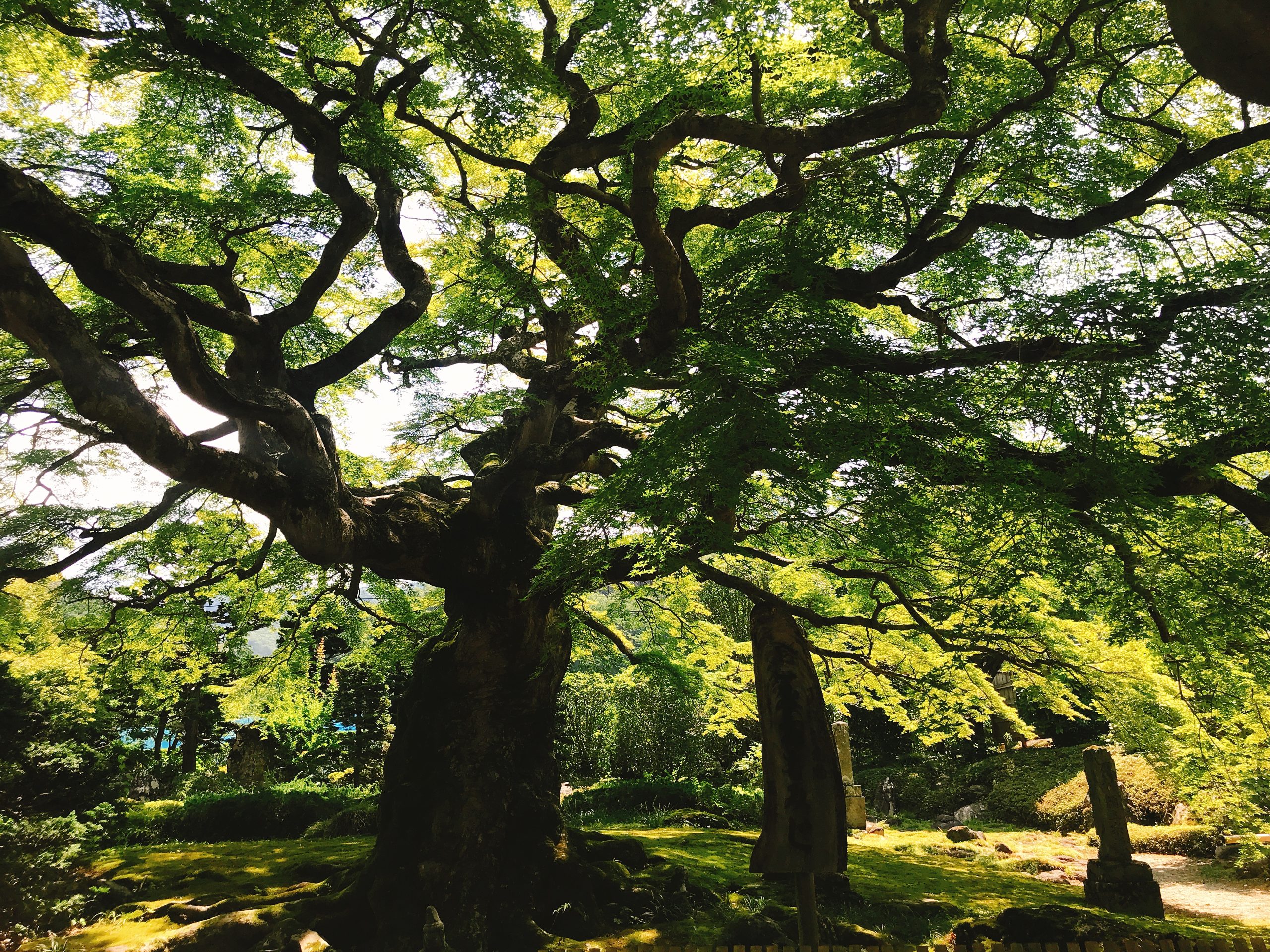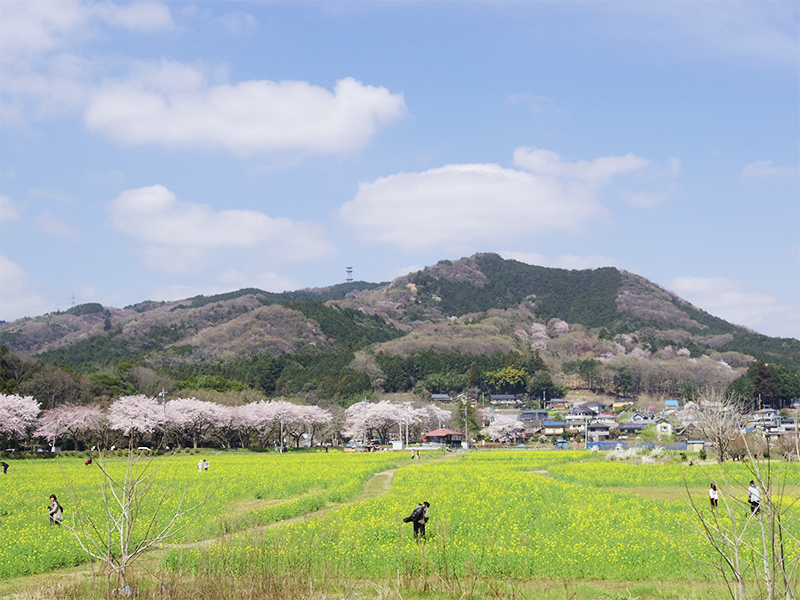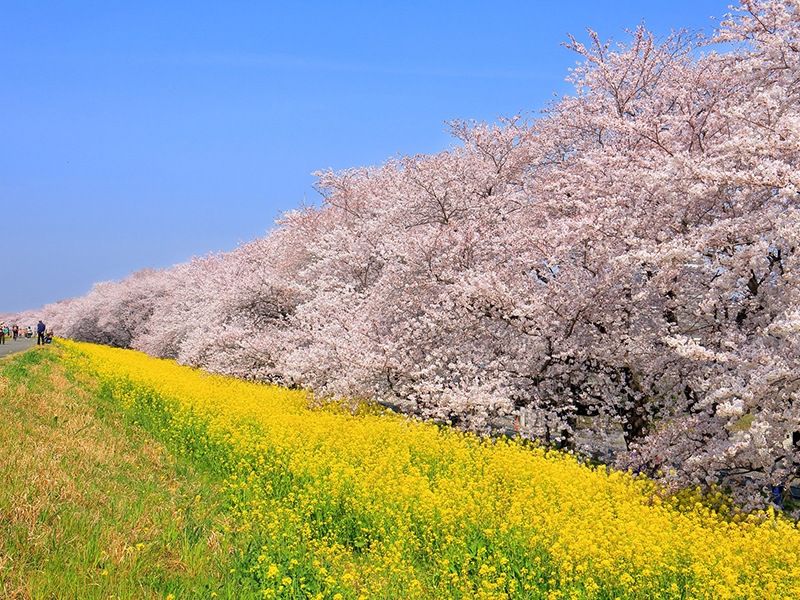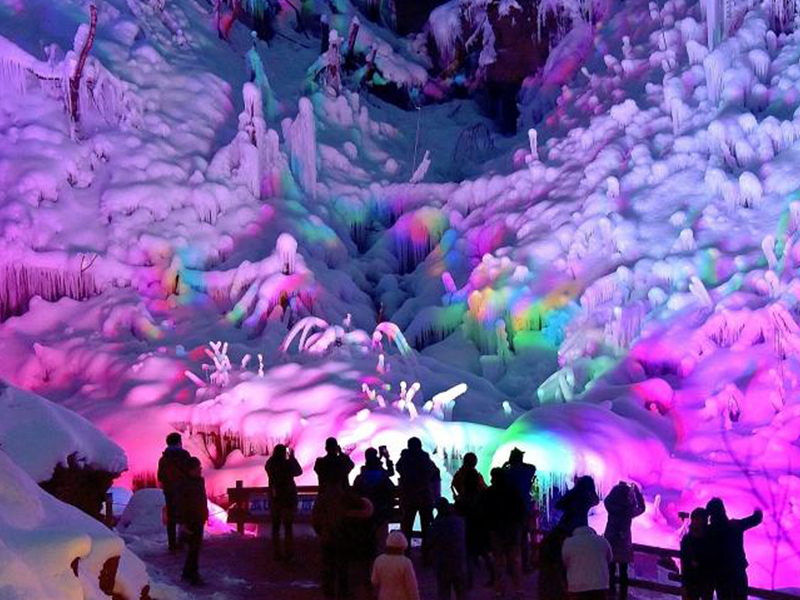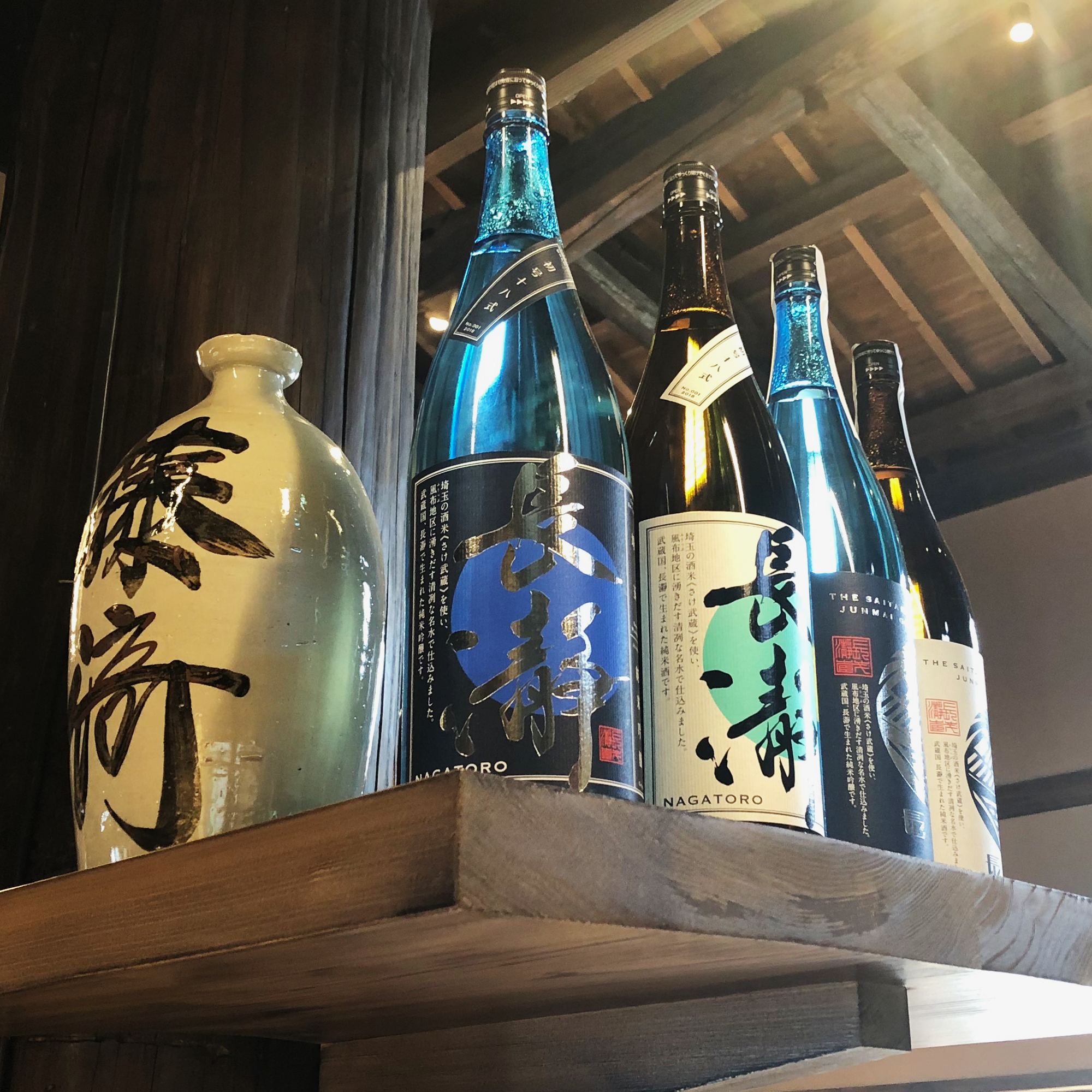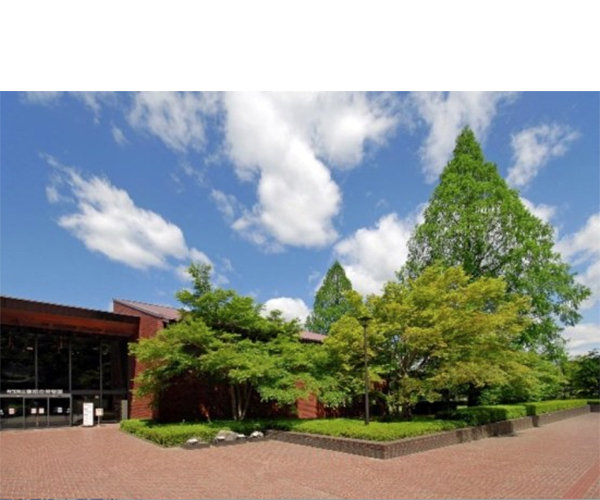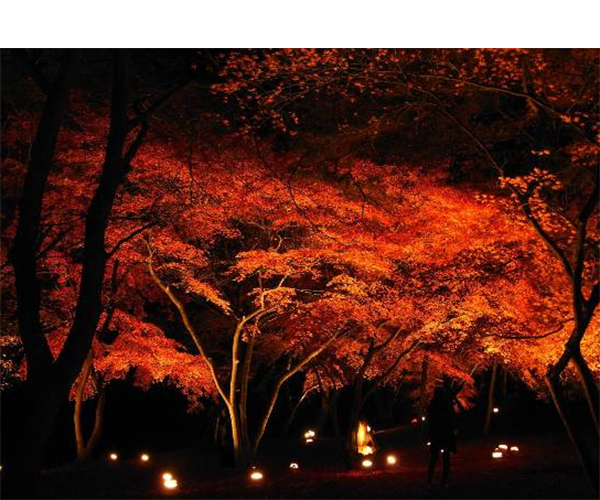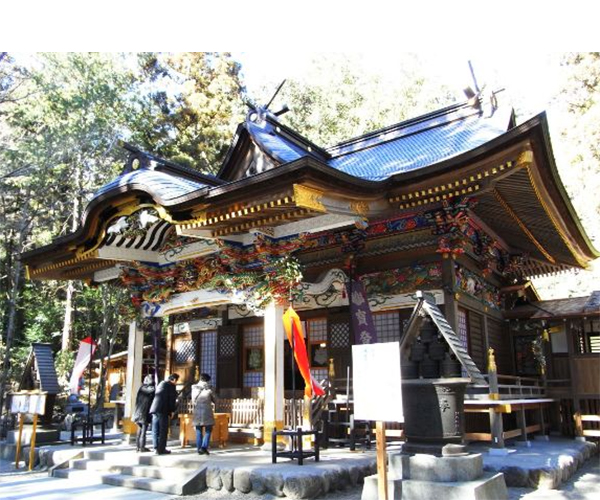Nagatoro Iwadatami Rocks – Downstream boating
sightseeing
The Arakawa Line downstream boating in Chichibu Nagatoro allows you to ride upon the beautifully layered stone riverbed, which is designated as a national natural monument. It is a relaxing course with a couple of thrills along the way, but perfectly safe for children and seniors to enjoy as well.
While listening to the boatman's entertaining speech, you can enjoy the cherry blossoms in the spring, the cool breeze in the summer, the beautiful colors of autumn, and the warmth of the kotatsu (heated table) boat in the winter. In other words, a perfect outdoor activity regardless of the season!
Basic Information
Location
Nagatoro, Nagatoro-machi, Chichibu-gun, Saitama Prefecture
TEL
0494-66-3311
FAX
0494-66-0308
Business hours / Fee
Business hours
9: 00-16: 00
Regular holiday
Year-end
How to get there
Public transport
5 minutes walk from Nagatoro Station
Parking
Free

